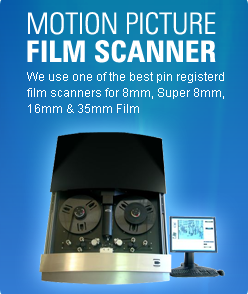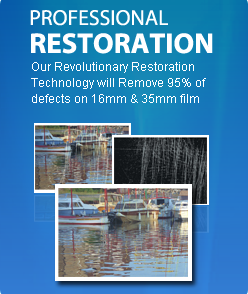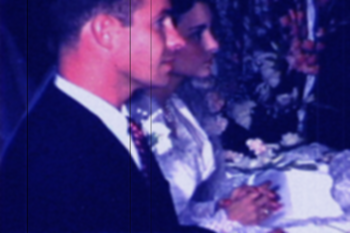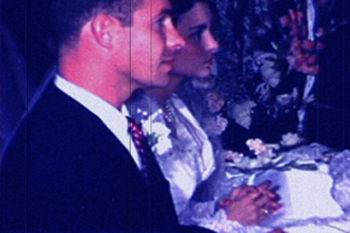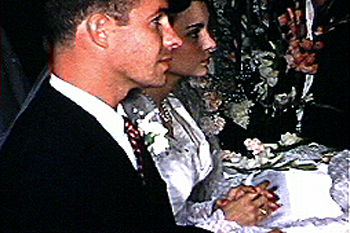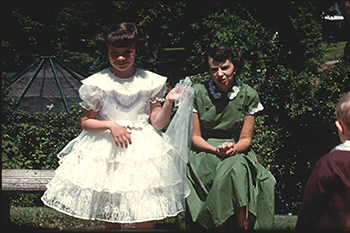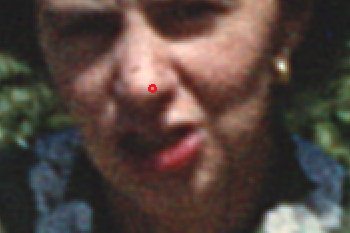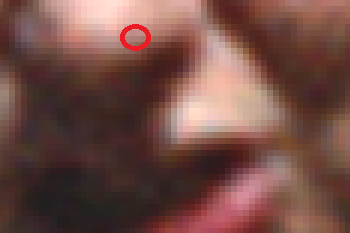
The first table shows how the same film looks using our 4 different processes. You can see that the difference can be significant for our Richmond customers.
The second table presents a case for scanning 8mm and Super 8 film at 2K resolution. In the past year we have done 20 comparisons. Contrary to popular belief, we do see a noticeable difference in quality between our Pro HD and Pro 2K process on 8mm and Super 8 film.
In general it is recommended that you scan at or above the resolution of the film. For 8mm and Super 8 that means scanning at HD or 2K.
8mm And Super 8 Film Richmond |
|
SD Scan
|
|
Pro HD Scan
|
|
Pro 2K Scan
|
|
Pro 4K Scan
|
|
Film Resolution |
|
Resolution of Film |
|
Film Grain
|
|
Film Grain vs Digital Pixel
|
|
Richmond Fun Facts: Richmond is located in eastern Virginia, 60 miles west of the Chesapeake Bay, and 100 miles south of Washington, DC. In 1607, Captain James Smith and 120 men were the first Europeans to visit the falls on the James River where present day Richmond stands. The first settlement to survive began in 1644, with the construction of Fort Charles. Its inhabitants traded with the Powhatan Indians for pelts and tobacco.
Virginia Fun Facts: During the Civil War (1861-65), the city of Richmond, Virginia, became the capital of the Confederacy, and more than half of the conflict’s battles were fought in the state. Today, many government institutions are headquartered in Virginia, particularly in Arlington, located across the Potomac River from Washington, D.C. In addition to eight presidents, famous Virginians include singer Ella Fitzgerald, tennis star Arthur Ashe, actress Shirley MacLaine and authors Willa Cather and Tom Wolfe. One of the 13 original colonies, Virginia was the first part of the country permanently settled by the English, who established Jamestown on the banks of the James River in 1607.
